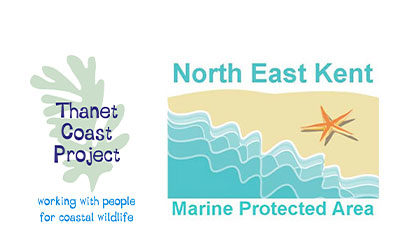Marine Wildlife Watching Code
These marine wildlife-watching guidelines are aimed at recreational craft or activities – such as boats, personal watercraft or yachts – to help avoid unintentional harm to marine wildlife and promote responsible wildlife watching at sea.
They were first produced by the Thanet Coast Project and NE Kent Scientific Coastal Advisory Group in conjunction with Wildlife Watching operators and interest groups in 2005.
North East Kent is strategically located between the busy English Channel and Southern part of the North Sea and Greater Thames Estuary. Within this area, you’re likely to see the migration of bird species – as well as offshore seabirds and marine mammals. Both the Harbour seal and the Grey seal can often be seen in our coastal waters and on offshore sandbanks, and occasionally you may see the more elusive harbour porpoise or other cetaceans (members of the whale and dolphin family).
Remember, that wildlife can be sensitive to disturbance by watercraft – and propellers – so please follow these guidelines to reduce our impact on our local wildlife at sea.
Distance
Keep your distance. Never go closer than 100m (200m if two boats are present) to seals or cetaceans as they are easily scared.
Scattering
Maintain a steady and slow direction. Avoid heading into wildlife – as this will scatter, scare and separate the group
Steady
Maintain a steady and slow direction – with no wake – and avoid chasing or harassing wildlife.
Time
Spend only a short time near the animals – no longer than 15 minutes.
Young
Avoid getting close to groups with mothers and young – notably seal pups around in June/July (harbour seals) & Oct/Nov (grey seals).
Rubbish
Take rubbish home with you and never dispose of litter or any other contaminants at sea.
These marine guidelines complement the Thanet Coastal Codes.
One of the best way to view wildlife at sea is through responsibly organised ‘wildlife excursions’ – see seal excursions; or local contact links with other related coastal groups and advisory information. Please note that these guidelines are difficult to adhere to within narrow channels such as the River Stour estuary – and you can learn how to watch seals safely at the Kent Wildlife Trust webpage here.

